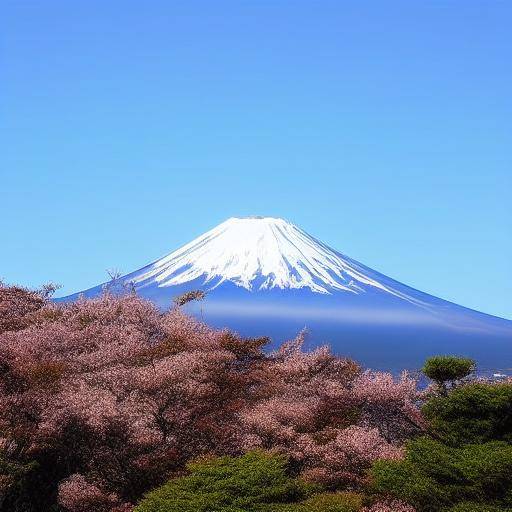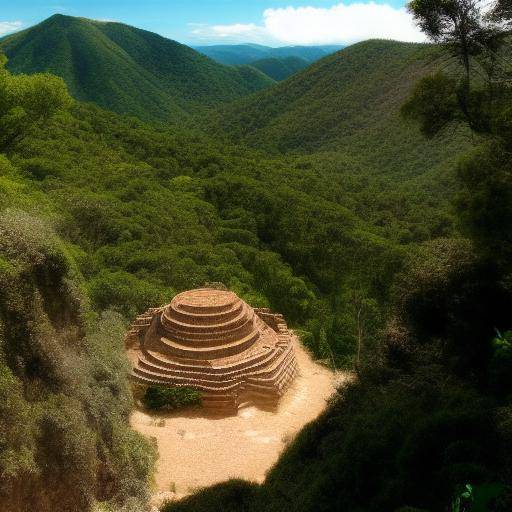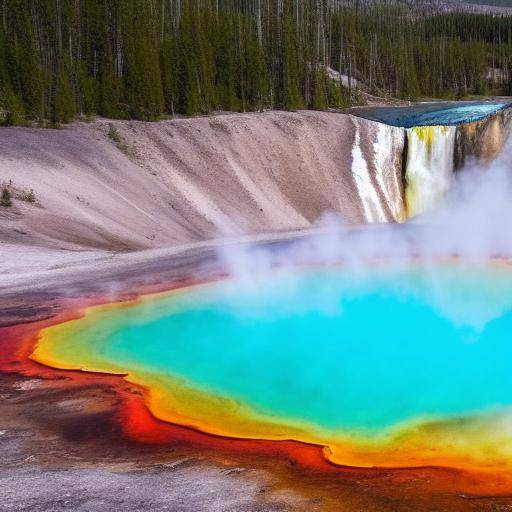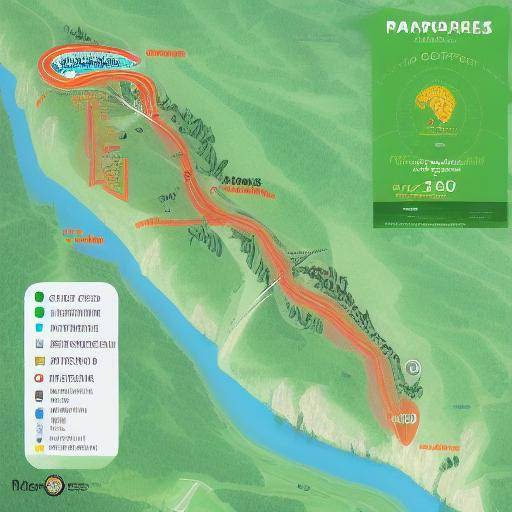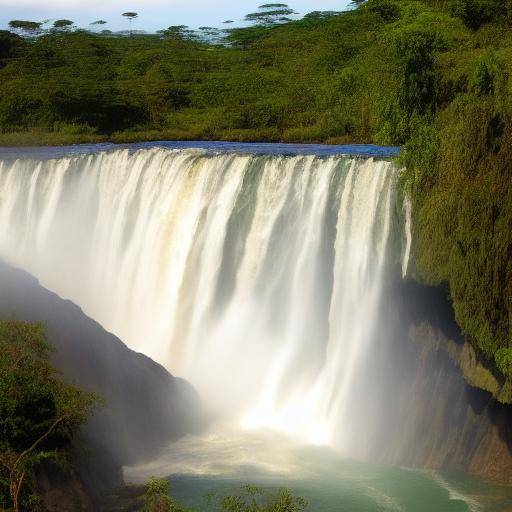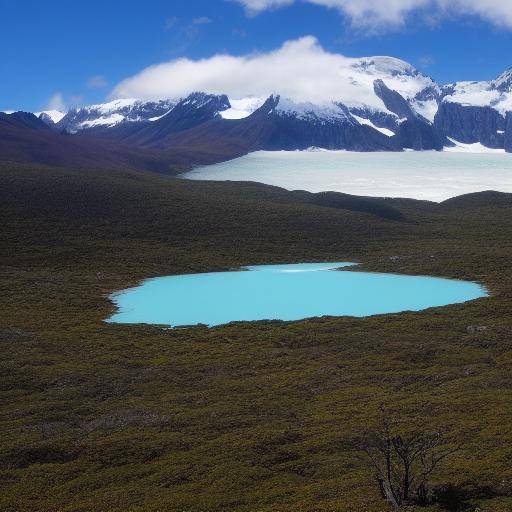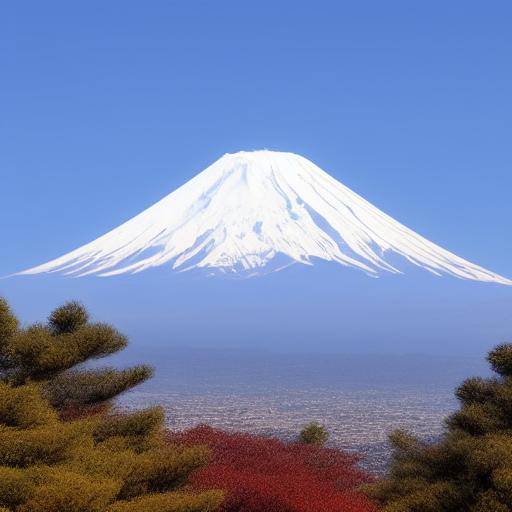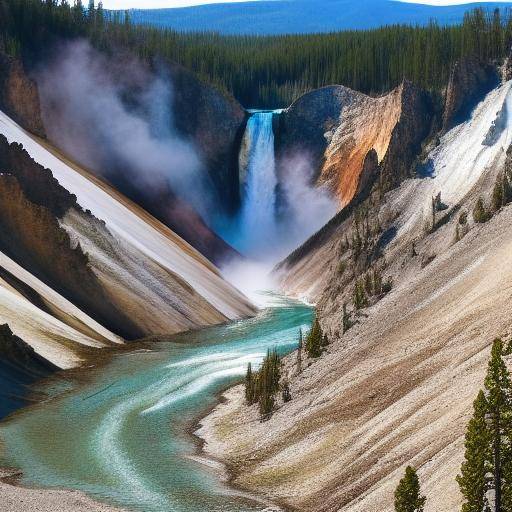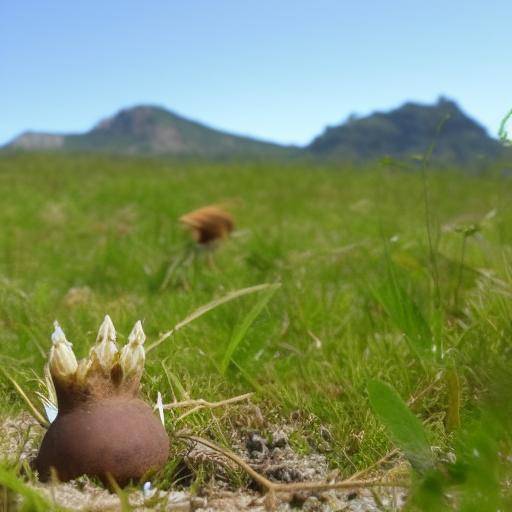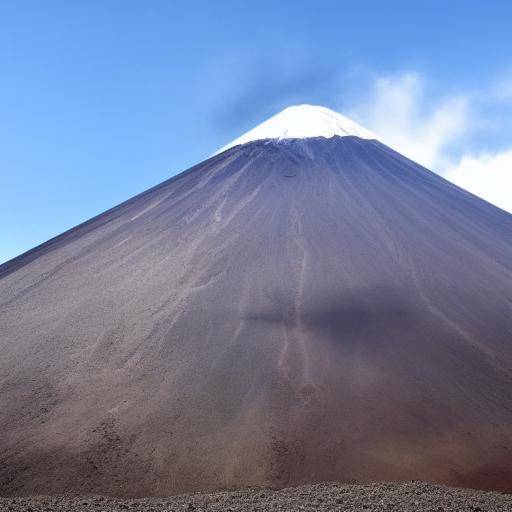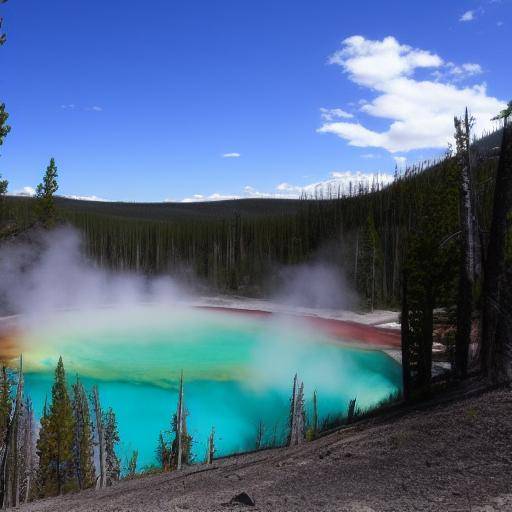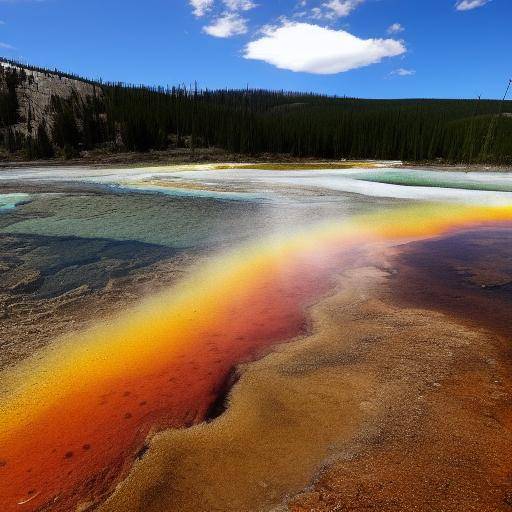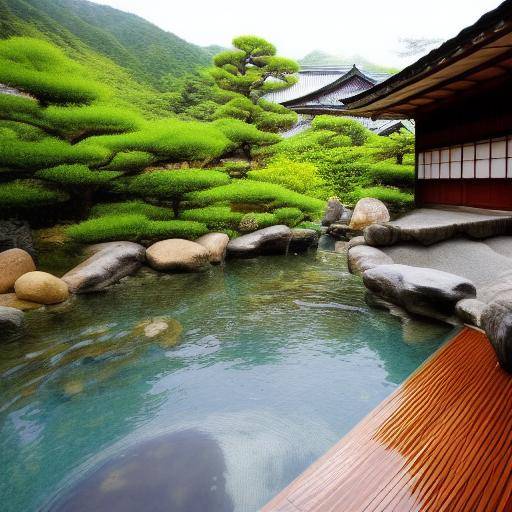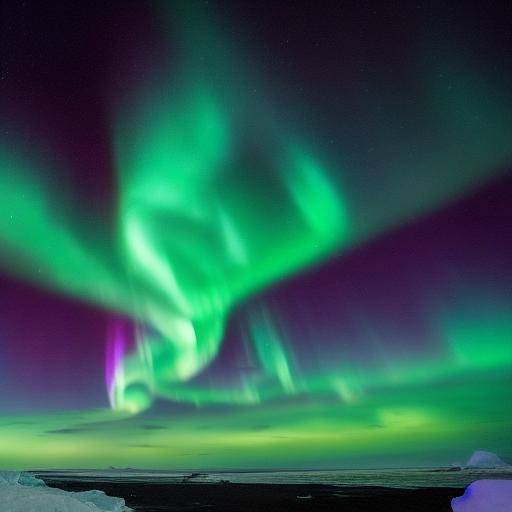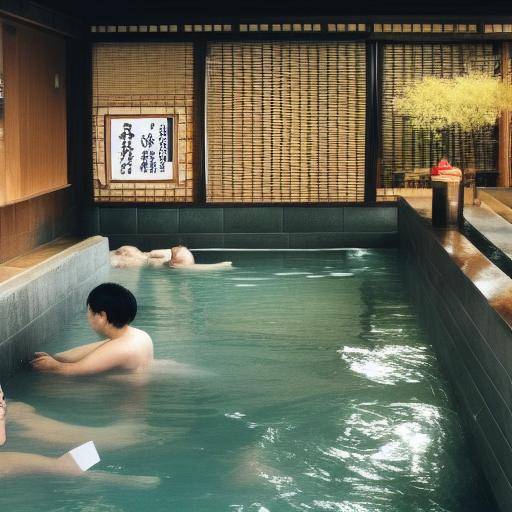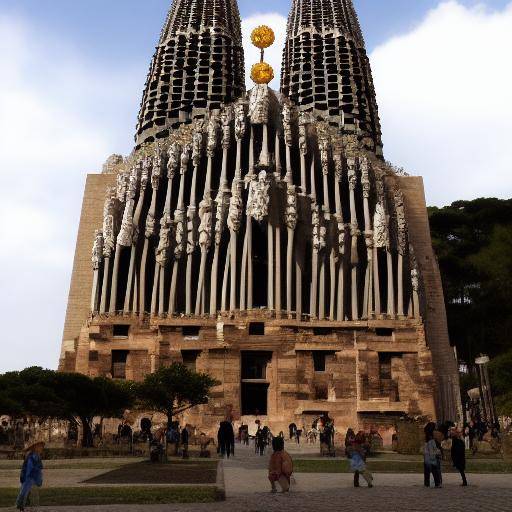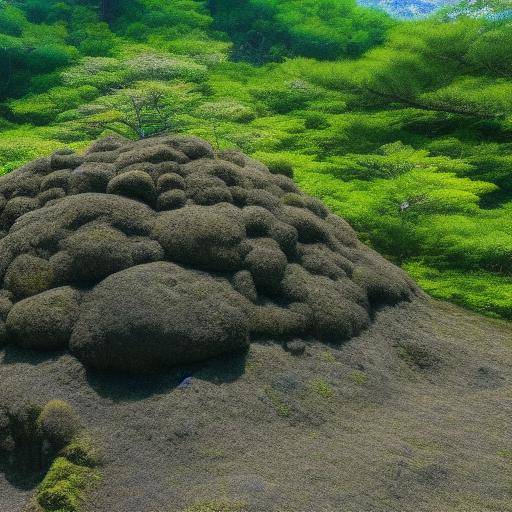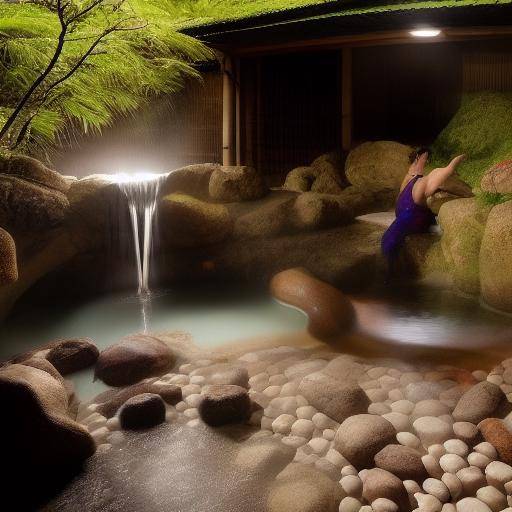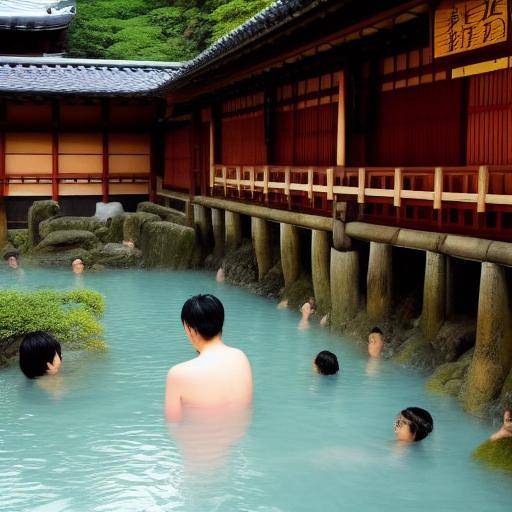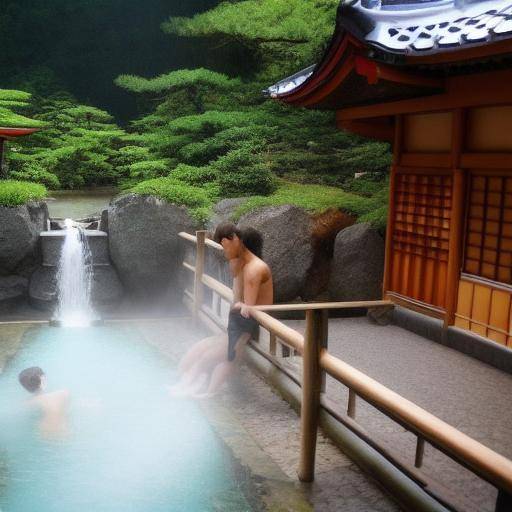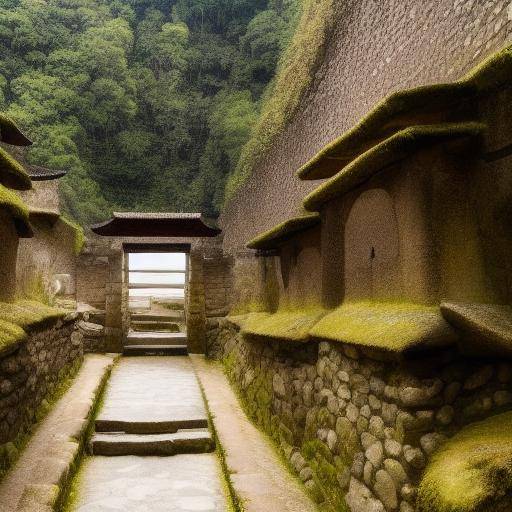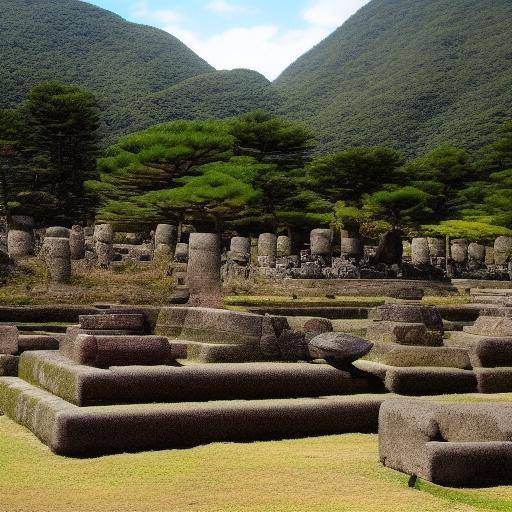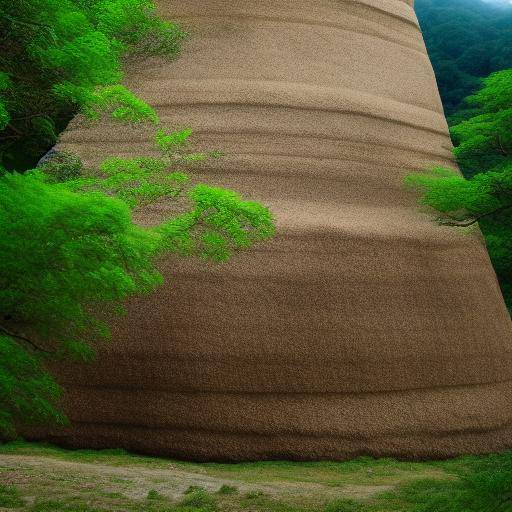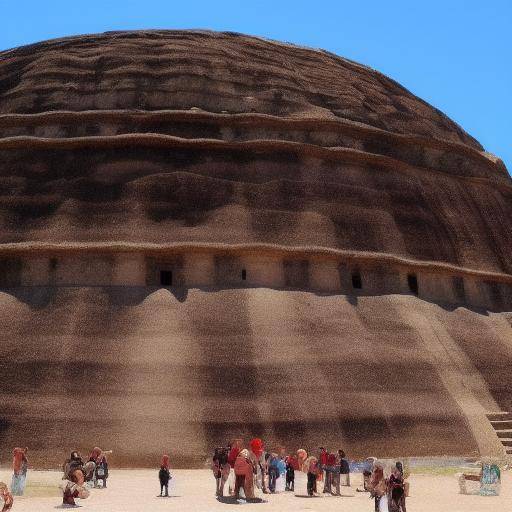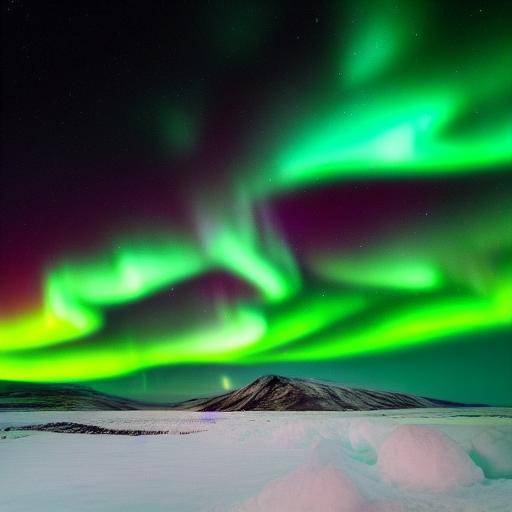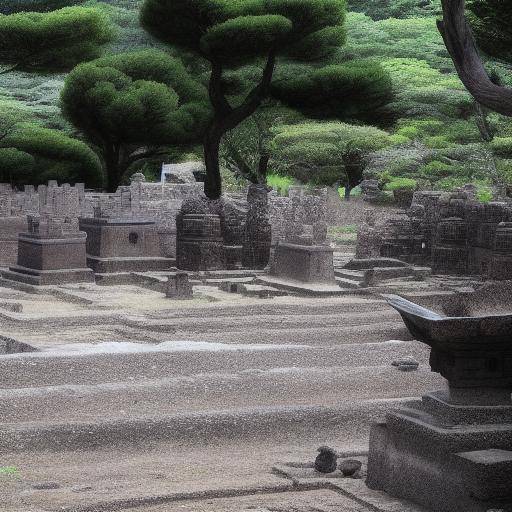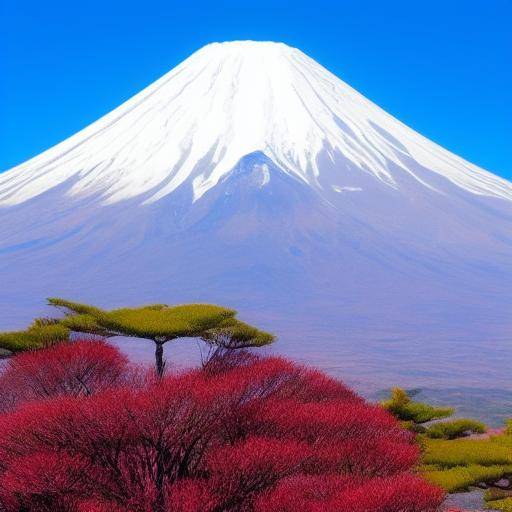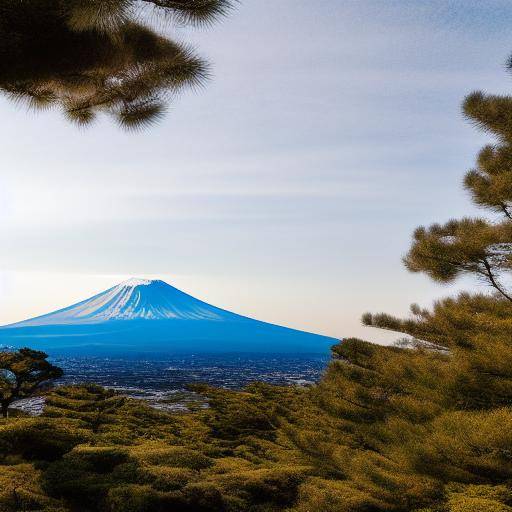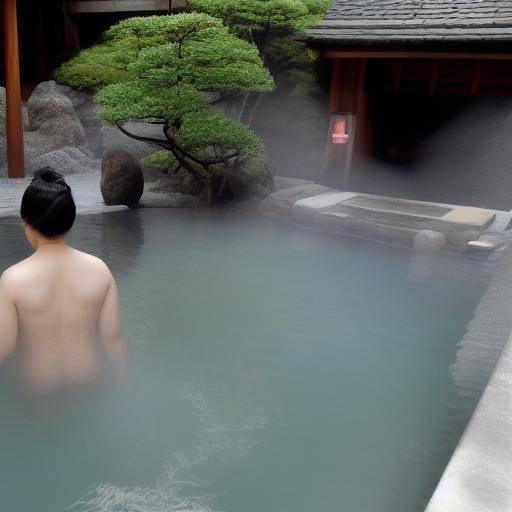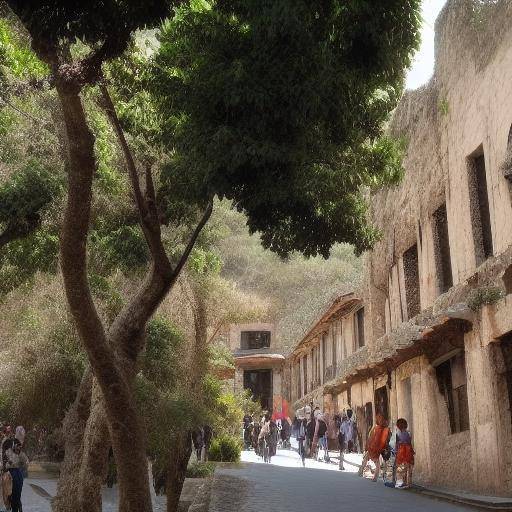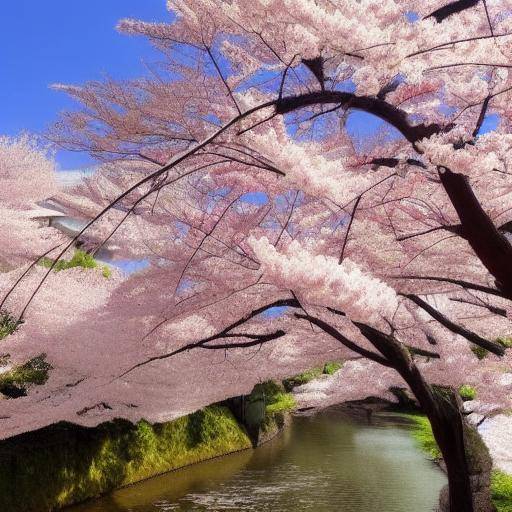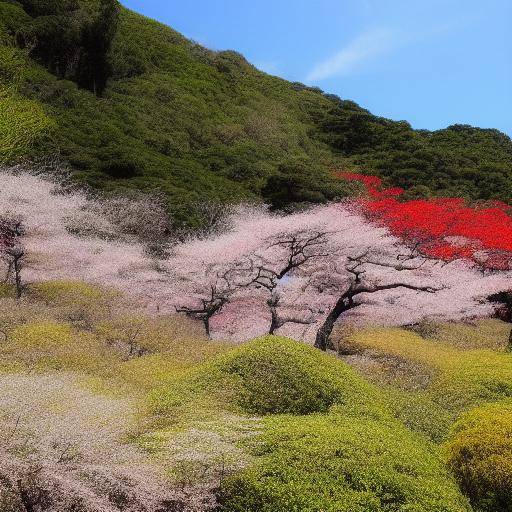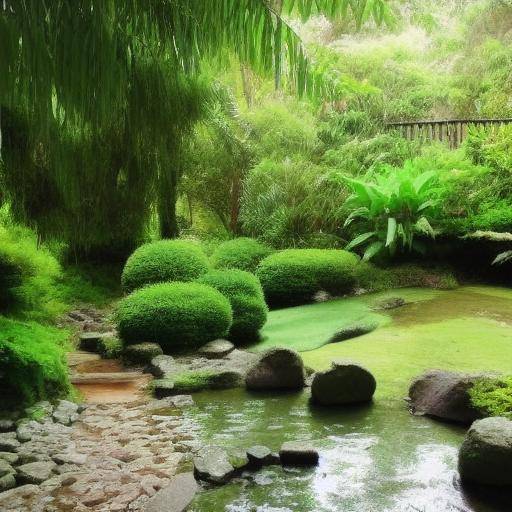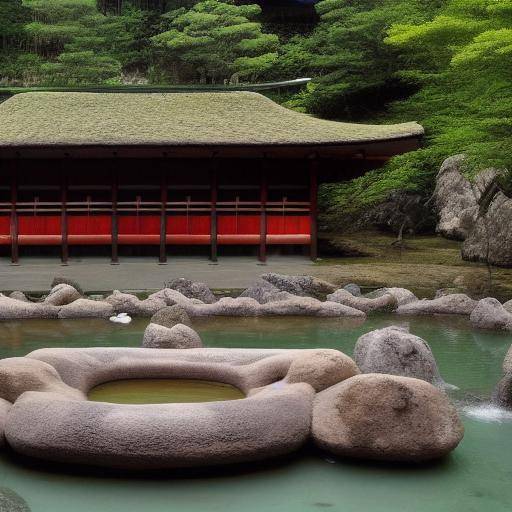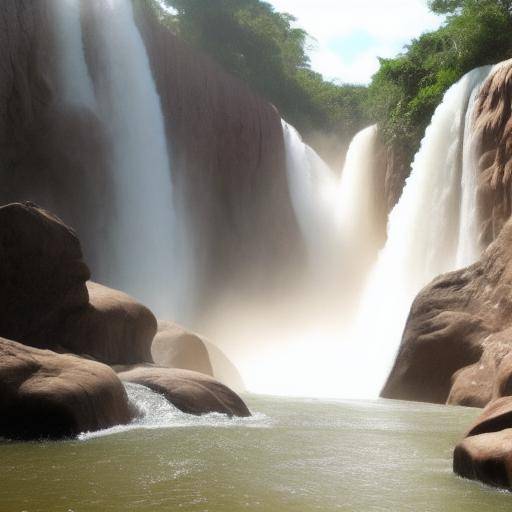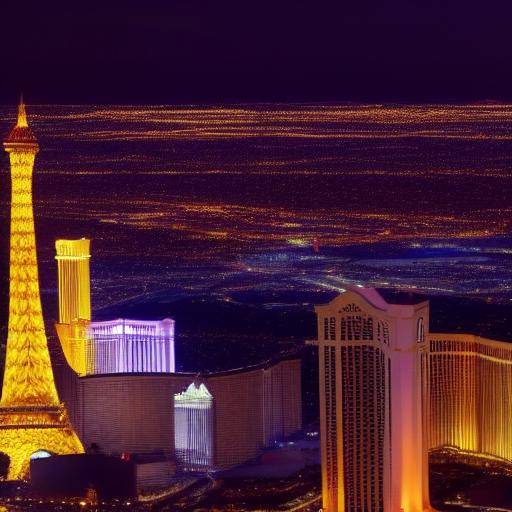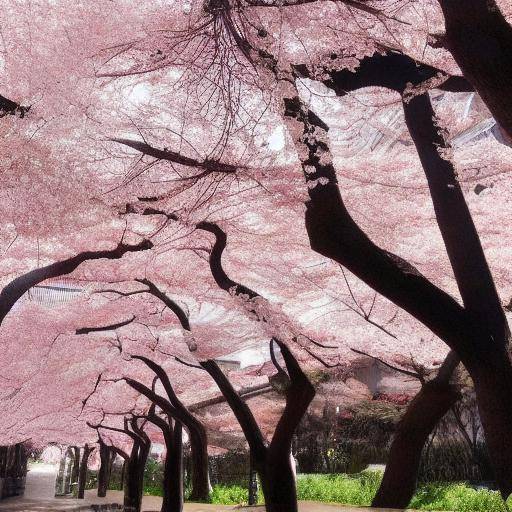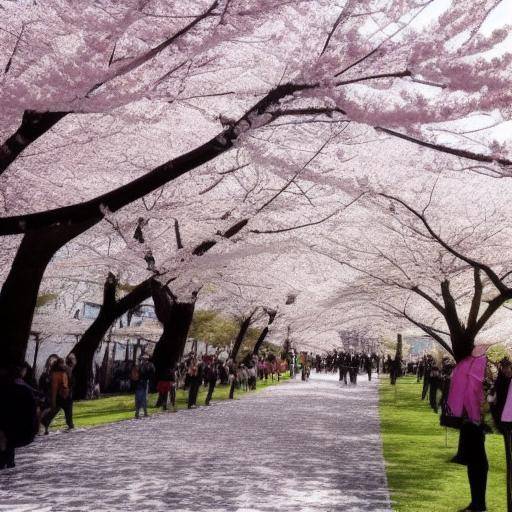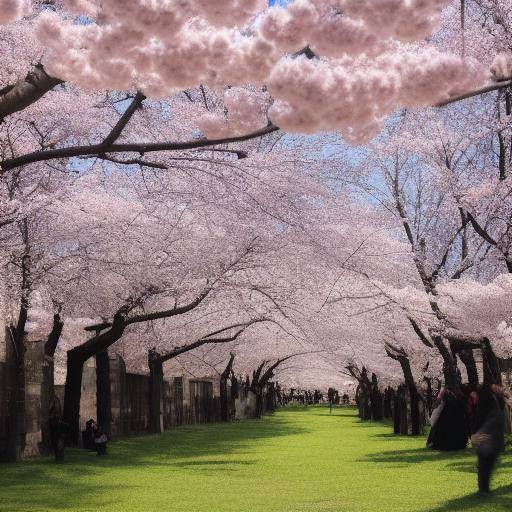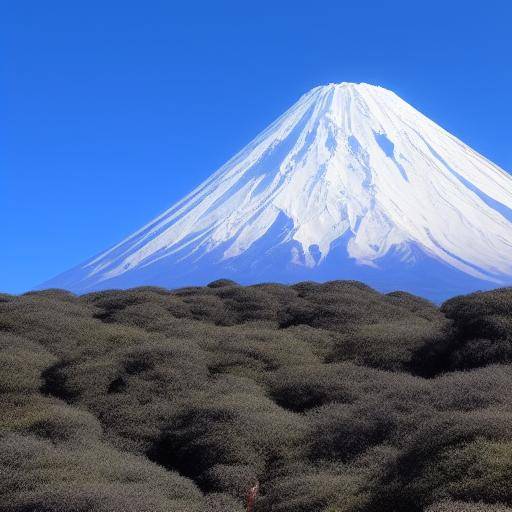
Introduction
Have you ever dreamed of seeing the majestic Mount Fuji in person? Located in Japan, Mount Fuji is much more than a mountain; it is an iconic symbol of Japan's natural beauty and spiritual essence. In this article, we will explore the rich history and cultural significance of Mount Fuji, as well as its impact on Japanese nature and society. We will also offer practical advice for those who wish to climb this imposing mountain. Get ready to embark on a journey that combines history, nature and adventure!
History and Background
Mount Fuji, known as "Fujisan" in Japanese, has played a crucial role in Japan's history and culture for centuries. His prominence in art, literature and spirituality has left an indelible mark on Japan's national identity. The mountain, located on the island of Honshu, has been a reference point for the inhabitants of the region, and its majesty has inspired generations of artists and writers.
His first eruption dates back to about 10000 years ago and has since played a significant role in the Japanese worldview. Mount Fuji has been recognized as a World Heritage Site by UNESCO, which confirms its historical and cultural importance.
In the 18th century, the climb of Monte Fuji became a popular form of tourism and pilgrimage, leading to the construction of routes and shelters for visitors. Today, thousands of hikers and mountaineers from around the world visit Mount Fuji every year, eager to experience the majesty of this natural wonder.
Analysis in Deep
Exploring Mount Fuji and its surroundings awakens a set of challenges and benefits. The mountain provides an ideal setting to appreciate nature, fostering spirituality and emotional well-being. However, human activities close to Monte Fuji pose challenges to the environment and sustainability.
From an ecological point of view, Monte Fuji is home to a rich diversity of plant and animal species, and its natural environment requires careful conservation. Preservation efforts and public awareness of the importance of protecting the natural environment of the mountain are crucial for their long-term survival.
In terms of tourism and local economy, Mount Fuji has been a magnet for national and international visitors, generating income and opportunities for the surrounding communities. However, careful management of tourism is essential to preserve the integrity of the natural environment and ensure that future generations can enjoy this natural wonder.
Comprehensive review
The cultural impact of Mount Fuji extends beyond its aesthetic value. The mountain has influenced the arts, spirituality and folklore of Japan, serving as a beacon of inspiration for generations of artists and poets. His presence has permeated the daily lives of the Japanese, becoming a symbol of perseverance, beauty and transcendence.
In the future, Japan faces the challenge of preserving the authenticity of Mount Fuji in the modern era. The integration of sustainable practices and the responsible management of tourism are fundamental aspects to ensure that Monte Fuji remains a lasting symbol of Japanese nature and culture.
Comparative analysis
By comparing Monte Fuji with other natural landscapes in Japan, it is clear that Monte Fuji occupies a unique place in collective imagination. Its amazing beauty and magnificent natural environment distinguish it as a crucial element in Japan's cultural identity. Although there are other natural wonders in Japan, such as the beautiful Kyoto gardens or Yakushima forests, Mount Fuji remains an unrivalled icon of the majesty and grandeur of Japanese nature.
Practical Tips and Recommendations
If you are considering climbing Mount Fuji, it is vital to be well prepared. Make sure you check the weather forecast and plan your promotion in advance. Take enough water, warm clothes and comfortable shoes with you. The altitude and changing weather conditions can represent unexpected challenges, so you must be prepared to face various situations.
In addition, respect the rules of conduct and the natural environment during your visit. Leave only prints and carry only memories. Following these recommendations, your Monte Fuji experience will be safe, enriching and memorable.
Conclusions and FAQs
Conclusions
Mount Fuji transcends its mere physical form to become a lasting icon of Japanese natural beauty and spirituality. Its dominant presence in the Japanese landscape has inspired generations, and its role in society and culture is irreplaceable. As Japan navigates the challenges of the future, the preservation and respect for Mount Fuji remain essential to its ongoing legacy.
Frequently asked questions
1. What is the best time to visit Monte Fuji?
The ideal season to visit Monte Fuji is during the summer, specifically from July to September, when climbing routes are open and the weather is more stable. Avoid the rainy season and winter, as weather conditions can be extreme.
2. Is it necessary to have climbing experience to climb Mount Fuji?
Although Monte Fuji is technically accessible for beginner hikers, it is essential to be in good physical and mental form, as altitude and climate change can represent challenges. It is recommended to do good training before ascension.
3. What are the environmental restrictions on climbing Mount Fuji?
As part of conservation efforts, strict rules have been introduced to protect the natural environment of Monte Fuji. Restrictions include not leaving trash, avoiding altering the flora and maintaining respectful behavior towards other climbers and surrounding nature.
4. What does Monte Fuji mean in Japanese culture?
Mount Fuji has been venerated as a symbol of beauty, inspiration and spiritual transcendence in Japanese culture. It has influenced various forms of art, including painting, poetry and literature, and continues to be a source of inspiration and devotion to the Japanese people.
Conclusion
Mount Fuji, a natural wonder and a cultural emblem of Japan, represents an extraordinary synergy between nature and society. His greatness transcends the natural panorama, and his legacy will endure as an eternal testimony of beauty and spirituality. If you ever have the opportunity to climb Mount Fuji, remember that you are not only adventurating on a mountain, but also a living symbol of Japanese grandeur.
These lines only sprinkle the surface of Monte Fuji’s immensity, a place that deserves to be explored and experienced in all its greatness. May your journey to Mount Fuji be as exciting as enriching!

